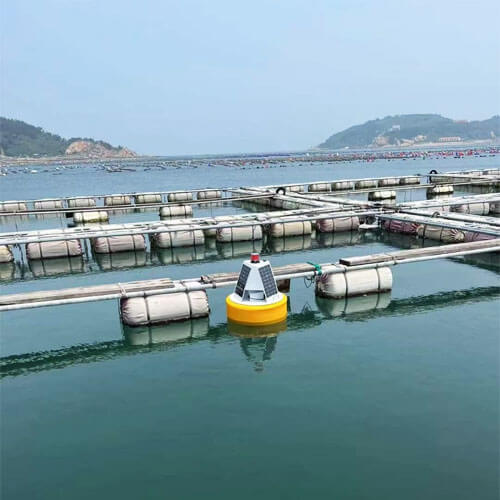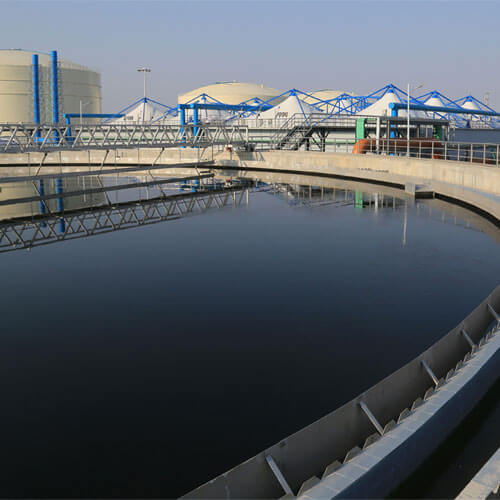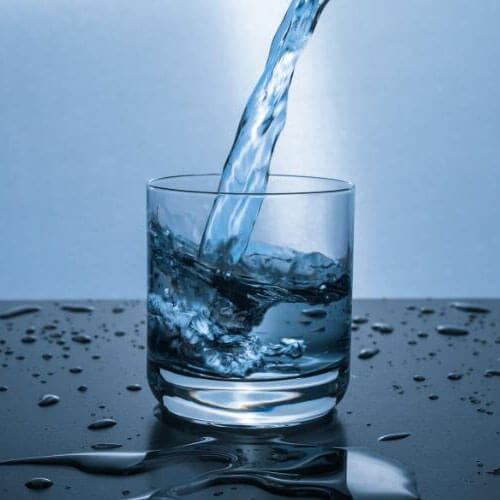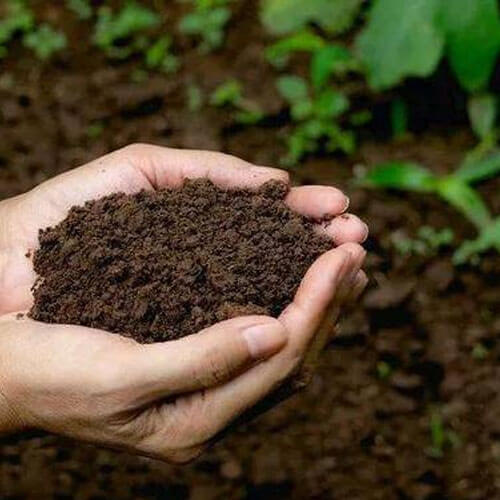What is TVOC? Is it a gas?
TVOC refers to Total Volatile Organic Compounds, which is one of the air quality detection standards, mainly including benzene, alkanes, aromatic hydrocarbons, alkenes, halogenated hydrocarbons, esters, aldehydes, ketones and others. Organic matter with a saturated vapor pressure exceeding 133.32pa at room temperature and a boiling point between 50℃ and 250℃ will exist in the air in the form of evaporation.
TVOC is not a single gas, because its components are hydrocarbons, halogenated hydrocarbons, oxygen hydrocarbons and nitrogen hydrocarbons, including: benzene series, organic chlorides, freon series, organic ketones, amines, alcohols, ethers, esters, acids and petroleum compounds. It is a variety of volatile organic compounds.

Where does TVOC come from?
TVOC comes from a variety of sources, including building materials, decorative materials, daily necessities and office supplies. For example, artificial boards, foam insulation materials, plastic sheets, paints, coatings, adhesives, wallpapers, carpets, cosmetics and detergents may release total volatile organic compounds. In addition, household fuels, smoking, human excrement, outdoor industrial waste gas, automobile exhaust, etc. are also sources of TVOC.
The concentration of indoor TVOC is usually between 0.2mg/m³ and 2mg/m³. However, this value may be dozens of times higher when the decoration is improper. The main components of TVOC are benzene and chlorinated hydrocarbons, which mainly come from indoor decoration materials such as paint, wallpaper, putty and adhesive. TVOC produced by indoor decoration will damage human health, and its pollution effect lasts for a long time and is not easy to reduce over time.
Differences between VVOC, VOC, SVOC and TVOC
| Abbreviation | Full Name | Standard Definition |
|---|---|---|
| VVOC | High Volatile Organic Compounds | All organic compounds whose initial boiling point is less than or equal to 69 ° C measured at a standard pressure of 101.3kPa. |
| VOC | Volatile Organic Compounds | All organic compounds whose initial boiling point is less than or equal to 250 ° C measured at a standard pressure of 101.3kPa. |
| SVOC | Semi-Volatile Organic Compounds | All organic compounds with initial boiling points greater than 250 ° C and less than 370 ° C at a standard pressure of 101.3kPa. |
| TVOC | Total Volatile Organic Compounds | Any organic compound with an initial boiling point lower than or equal to 286.6 ° C at a standard pressure of 101.3kPa. |
VVOC (Volatile Organic Compounds): VVOC refers to organic compounds that are very volatile at room temperature and pressure. They usually have a lower boiling point and a smaller molecular weight. VVOC content is higher in solvent-based paints and lower in latex paints.
VOC (Volatile Organic Compounds): VOC refers to organic compounds that are generally volatile at room temperature and pressure. They usually have a higher boiling point and a higher molecular weight. VOC content is higher in ordinary paints. VOC and VOCs (Volatile Organic Compounds) are actually the same type of substances. Since volatile organic compounds have many components, VOCS are more accurate than VOCs.
SVOC (Semi-volatile Organic Compounds): SVOC refers to organic compounds that are less volatile or not easy to volatilize into the air at room temperature and pressure. Compared with VOC, it has a higher boiling point and slower volatility. It can exist in the air in the form of gas and aerosol. Both can enter the human body through respiratory inhalation, oral ingestion or skin penetration, thereby causing asthma and allergic symptoms.
TVOC (Total Volatile Organic Compounds): It is the sum of all volatile organic compounds. It includes various volatile organic compounds, such as VOC and some SVOC. TVOC is an important indicator for assessing air quality.

How to measure TVOC?
There are two main methods for monitoring TVOC levels: sensors and gas chromatography-mass spectrometry (GC-MS).
1. TVOC sensors
TVOC sensor is a simple and fast monitoring method. It adopts the electrochemical working principle. After detecting total volatile organic compounds, it can be converted into an electrical signal, and then the gas concentration can be monitored, analyzed and alarmed. The advantages of this method are low cost and fast response speed. In addition to specialized sensors, many indoor air quality monitors and gas detectors also have the function of monitoring TVOC. We offer wall-mounted TVOC sensor and explosion-proof TVOC detector two types.
The shell of the wall-mounted TVOC sensor is made of ABS material, which is waterproof and dustproof and can be used in relatively harsh environments. It is wall-mounted and convenient for use in factories, warehouses or homes. The output modes are RS485, 4-20mA, 0-5v, and 0-10v. For places that require multi-point monitoring, sensors can be installed at different locations and data can be uploaded centrally. Managers can view real-time and historical data at different locations through the free cloud platform provided by our company.
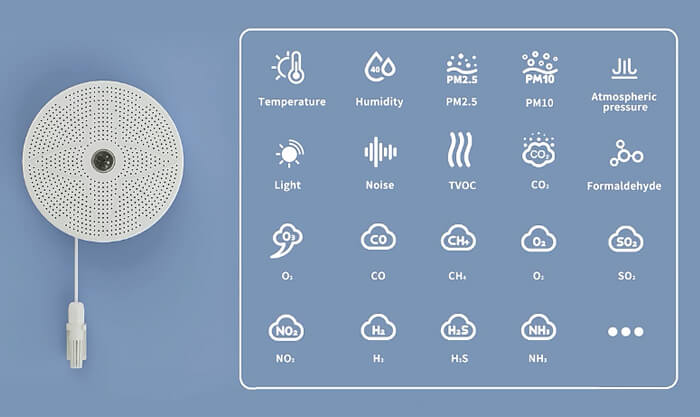
The explosion-proof TVOC detector is a device with modular and overall flameproof design, which adopts fixed installation. The shell is made of stainless steel and can be directly installed in hazardous areas. The standard configuration is with dot matrix LCD display, 4-20mA analog or RS485 digital signal output. Customized products can be provided according to user needs, and output signal fine-tuning and other functions are
2. Gas chromatography-mass spectrometry (GC-MS)
It is a highly accurate monitoring method. First, the air sample is separated by a gas chromatography column, and different compounds will appear at different time points. Then, the compounds enter the mass spectrometer for detection and identification. The mass spectrometer can determine the molecular structure of the compound based on its mass-to-charge ratio (m/z). The advantages of this method are high accuracy and good sensitivity, and it can detect more types of TVOCs, but it requires professional equipment and operating techniques.
How do VOCs affect the health?
First, VOCs exceeding the standard will irritate the skin and mucous membranes. When inhaled at high concentrations, it will seriously irritate and damage the respiratory mucosa, causing symptoms such as coughing, sore throat, headache, and chest tightness.
Secondly, VOCs exceeding the standard is a genotoxic substance. Excessive formaldehyde can cause nasopharyngeal tumors, miscarriage, fetal malformation or even death, intellectual decline in adolescents, and blood diseases.
In addition, VOCs pollution may also disrupt the body’s immune level, destroy the function of the central nervous system, and cause symptoms such as dizziness, headache, and drowsiness. It may also affect the digestive system, leading to loss of appetite, and in severe cases, damage to the liver and hematopoietic system.
Therefore, try to avoid long-term exposure to an environment with excessive VOCs. If poisoned, the patient should go to the hospital in time to inhale oxygen, rinse the infected skin and mucous membranes with water, and then wash them with soapy water. When you can eat, the doctor should arrange infusion appropriately, eat more high-protein foods, and drink more water.
How to clear TVOC?
1. Improve ventilation
First, open the windows indoors to increase air circulation and remove VOCs in the room by air replacement. Other indoor pollutants, such as formaldehyde and carbon monoxide, can be removed in this way.
Then, start the indoor fresh air system or exhaust fan to continuously introduce fresh air from the outside into the room, while exhausting the air containing TVOC.
2. Use an air purifier
Activated carbon can be placed in various areas indoors. Through the characteristics of activated carbon that can adsorb TVOC, it can speed up the removal of harmful substances, but it needs to be replaced every 20 to 30 days. Although HEPA filters are mainly used to remove particulate matter, they can effectively filter organic compounds when used in combination with activated carbon.
3. Choose environmentally friendly materials
Choose low-VOC or VOC-free materials. Choose paints, floors, glues and furniture that meet environmental standards, and avoid buying products with high TVOC. Buying furniture with environmental certification, especially solid wood furniture, can reduce the release of harmful substances such as formaldehyde in artificial boards.
4. Plant purification
Planting plants that can purify the air, such as spider plants, tiger tail plants, ivy and other plants, has a certain ability to absorb TVOC, especially organic volatiles such as formaldehyde and benzene.
5. Control indoor humidity
Excessive indoor humidity can accelerate the release of TVOCs from certain materials. Keeping the humidity between 40%-60% can reduce the volatilization rate. Use a humidifier or dehumidifier to adjust the indoor humidity.
6. Clean regularly
Reduce dust accumulation. TVOCs may adhere to dust, and regular vacuuming and cleaning can effectively reduce the accumulation of these substances. Avoid using detergents containing harmful chemicals. Use natural ingredients or VOC-free cleaning products to avoid further polluting indoor air.
7. Accelerate the aging process
“Exposure” of new furniture or decoration materials can accelerate the release of harmful substances. Place new furniture or building materials in a well-ventilated place, such as a balcony, yard, etc. Exposing them to the sun fully can accelerate the volatilization of harmful gases before moving them indoors.
8. Use sealants
For wood or other building materials that may release VOCs, you can use environmentally friendly sealants to seal the surface to reduce the release of harmful gases.
9. Use ozone or photocatalytic technology
Photocatalytic air purification equipment decomposes VOC components in the air through photocatalysis. Ozone machines have a certain purification effect, but it is not suitable to be exposed to ozone environment for a long time. It is recommended to use it moderately and treat it in an empty room.


